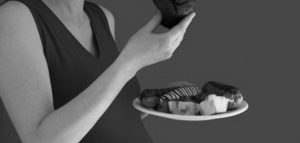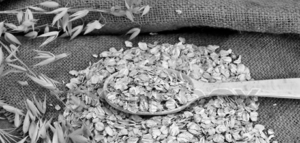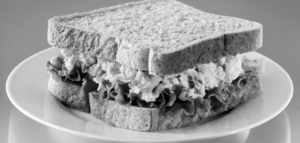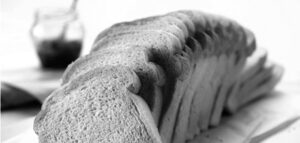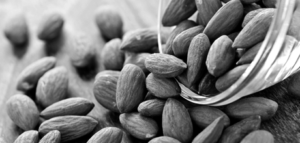We all feel the pressure from time to time, but if you feel as though your stress levels are going into overdrive – and causing you to eat all the wrong things – it’s time to take some action!
Exercise can be a massive de-stressor after a hard day in the office or a busy day with the kids.
What you eat also plays a major factor in how you feel from morning to night.
Try out the following calming foods below to ward off stress.
- Nuts – munching on a handful of raw nuts every day helps to regulate magnesium levels, which is important for keeping stress levels low.
- Brown rice – complex carbohydrate foods, such as brown rice and pasta, help to raise levels of the happiness hormone serotonin, which boosts your mood.
- Oily fish – oily fish, such as salmon and trout, is rich in omega-3 essential fatty acids, which keep brain cells firing on all cylinders so you can deal with your stress symptoms effectively.
- Chocolate – a couple of squares of the sweet stuff help to produce those all-important endorphins. But aim for dark chocolate with no less than 70% cocoa solids and, remember, everything in moderation!
- Turkey – turkey contains the amino acid tryptophan, which helps to produce the happy, feel-good hormone serotonin.
- Green tea – green tea is a source of the amino acid L-theanine, which acts as a relaxant.
- Blueberries – a good source of the antioxidant anthocyanin, blueberries help to lower your blood pressure – which can rise thanks to high cortisol levels.
- Garlic – our immune systems often bear the brunt of our stress, so make sure you’re fighting fit with garlic, which contains an immunity boosting compound called allicin.

